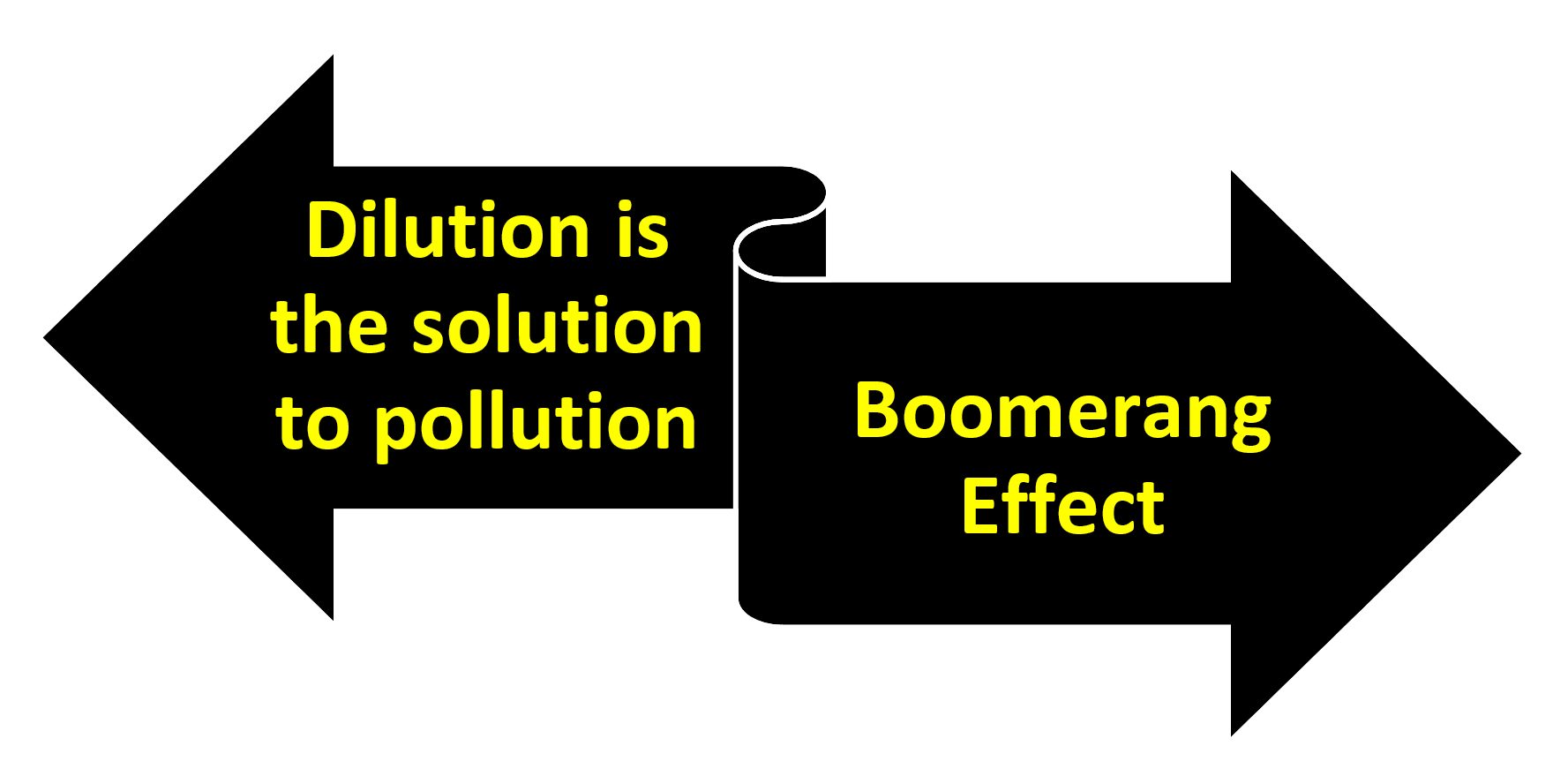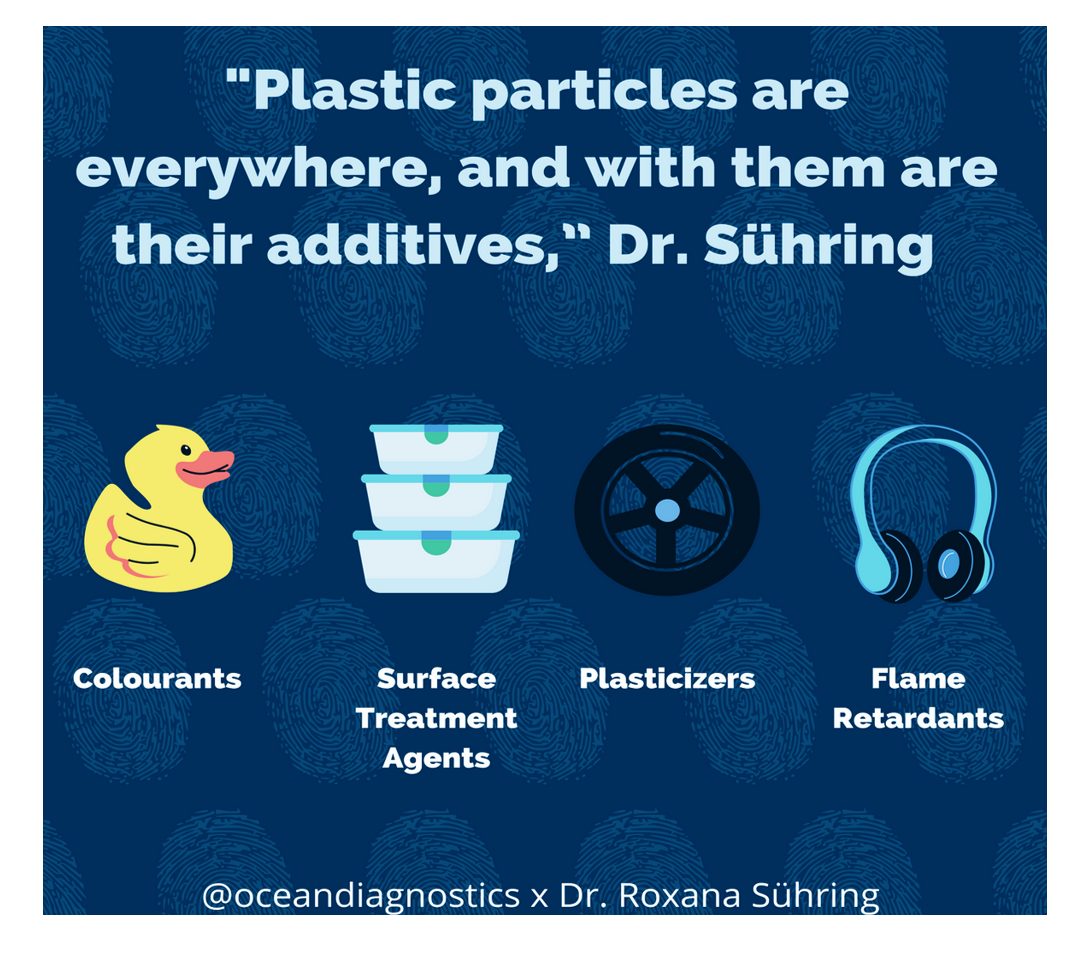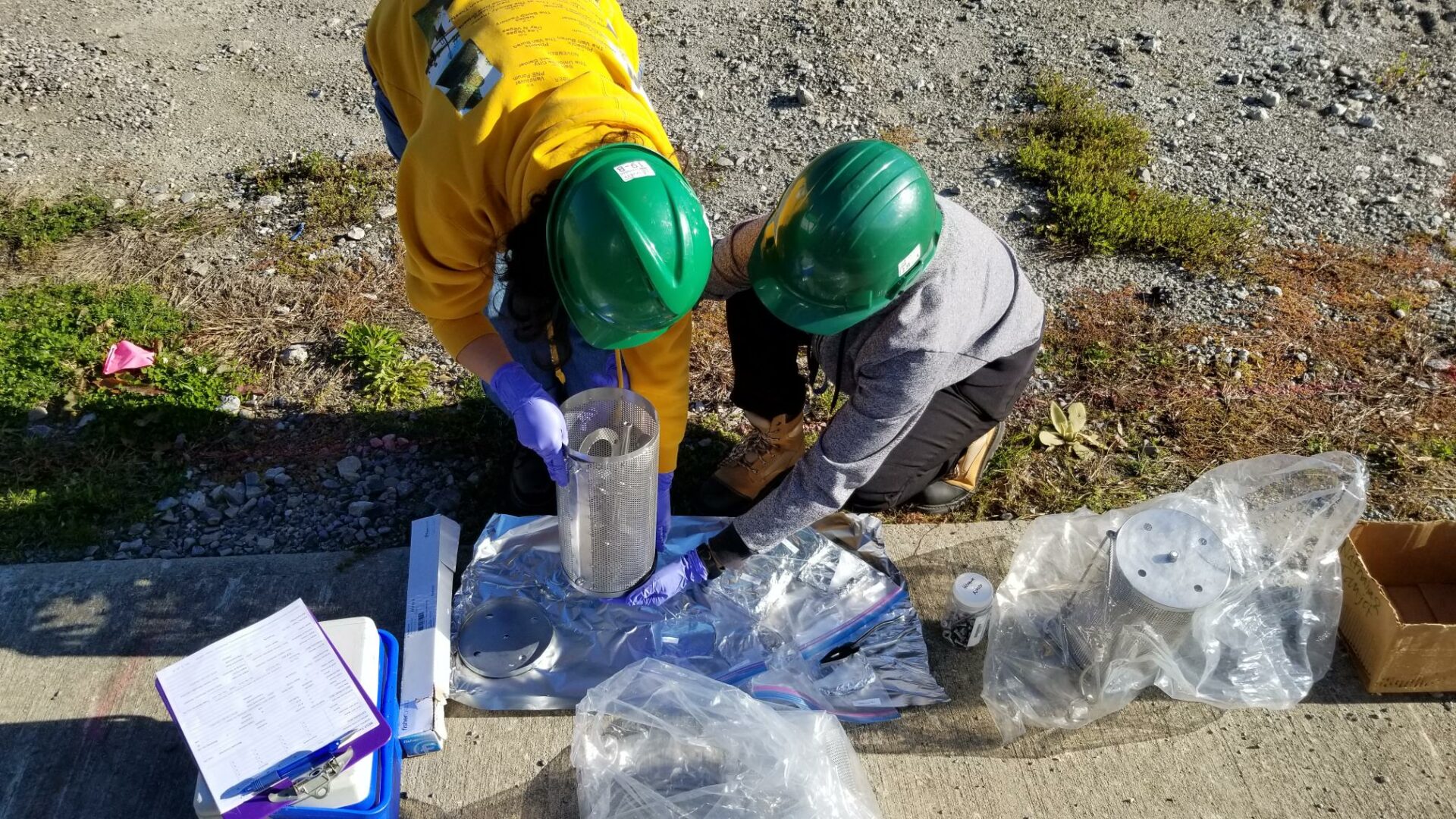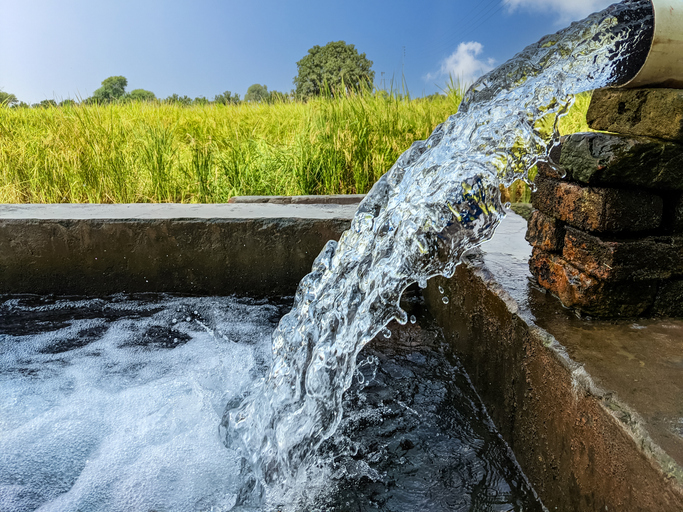Imagine receiving an emergency alert on your phone stating your drinking water has been contaminated. If you drink it you may suffer adverse effects to reproduction and development, endocrine/hormone disruption, different cancers, or general toxicity. A scroll through your social media feed reveals just how severe this contamination is. Your local drinking water treatment facility lacks the advanced technology to remove these contaminants and only the richest neighborhoods with access to advanced water treatment are receiving potable water. You learn these advanced drinking water technologies have not been commercialized for public use due to their high costs, novelty, and difficulty in obtaining the required assembly parts. You wonder how your government and water quality regulators let this happen. The news claims that even the bottled water sitting in your fridge is contaminated, but you have no choice – you have to drink it. This might sound like the beginning of a disaster movie, but it could be a dystopian reality for us all if we don’t act.

Until the middle of the 20th century, human civilization relied on dilution as the solution to pollution for most of our industrial chemical waste, where we dumped our industrial wastewater into our source waters and relied on the natural environment – mainly aquatic ecosystems – to absorb and degrade some of the pollutants. We expected non-degradable pollutants to be diluted to safe levels in large bodies of water. We were wrong; we dumped so much non-degradable waste into the environment that it is now coming back to harm us like a boomerang because the concentrations keep increasing to levels where water can actually become unsafe to drink.
This contaminant boomerang effect – where what we put into the environment comes back to hurt us – can now be seen for microplastics (which are small fragments of plastic measuring up to 5 mm in diameter) that have been found in tap water and human blood samples. To make matters worse, these microplastics can pick up and leach harmful pollutants into our drinking water sources.

Plastic products contain plastic additives – chemicals added to plastics to give them unique properties (malleability, colour, scent, etc.). Many of these additives are not physically bound to the plastic, meaning they can leach out over time and enter the surrounding environment. This is concerning as many plastic additives have been associated with adverse health effects. Due to their dangerous properties, some plastic additives have been identified as persistent organic pollutants (POPs), which are toxic chemicals that are chemically stable and take years or decades to breakdown, allowing them to travel long distances by air and water. Nevertheless, many plastic additives are not restricted due to regulatory gaps in our policies. Currently, the Canadian Environmental Protection Act (CEPA) only restricts certain plastic additives if they meet the criteria for PBT substances known to be Persistent, Bioaccumulative, and Toxic. CEPA does not, however, prioritize Persistent, Mobile, Toxic (PMT) substances for restriction – a group of contaminants of emerging concern that were not on our radar before.

Just like you are born with a certain hair texture and iris colour, these substances also have innate traits (physicochemical properties), which they are named after.
- Both PBT and PMT substances persist in the environment, which means that they don’t break down easily.
- PMT substances are mobile in water, so they can move in the aquatic environment. They have the potential to penetrate groundwater aquifers and enter the environment from wastewater treatment plant discharge.
- PBT substances build up (bioaccumulate) in living organisms because of their hydrophobicity. When these organisms are consumed by predators, the PBT substances also biomagnify in the food web.
- Both substance groups are toxic to humans or other living organisms but the mode by which we are exposed to them varies. For example, we might eat fish that has PBT substances in it, or we might drink water that has PMT substances in it.

Microplastic pollution poses a global threat to the health and well-being of humans and the environment, with microplastics (less than 5mm) and nanoplastics (less than 100nm) now being found in the human placenta, human blood samples and tap water.

With the rise in global plastic pollution, the health and environmental impacts of plastic-associated contaminants needs to be further investigated. We can think of microplastics and PMT plastic additives like opening a pandora’s box full of emerging contaminants; once released, they are very challenging, if not impossible, to remove from the environment, and the technological advances for remedial solutions are still very young. We need to identify the presence of these PMT plastic additives in the environment and collaborate with transdisciplinary experts to understand their impacts on the biosphere.
The Emerging Contaminants Lab, headed by Dr. Roxana Suehring, is part of the Urban Water consortium at Toronto Metropolitan University, and is currently focusing on identifying PMT plastic additives in wastewater effluent using advanced spectrometric techniques. Roxana’s students recently identified 124 PMT plastic additives registered for use in Canada and investigated their in-silico removal efficiencies from wastewater effluent. Now they are collaborating with the Ontario Ministry of Environment to deploy passive samplers at various wastewater sites across the Greater Toronto Area to determine if any of the 124 PMT plastic additives registered for use in Canada are entering the environment from wastewater effluent. Currently, the group is testing variations of self-assembled passive samplers to determine which one provides ideal uptake of their analytes of interest – PMT plastic additives. Eric, who is a current graduate student, has already established the instrumental method to conduct a suspect screen of the 124 PMT plastic additives of interest. Now, Tanjot, a new graduate student, is working alongside Nathalia, a research assistant, to determine if these 124 PMT plastic additives are present in our wastewater effluent. This research will be foundational in instigating amendments to current chemical regulations to ensure a sustainable supply of freshwater for future generations.









